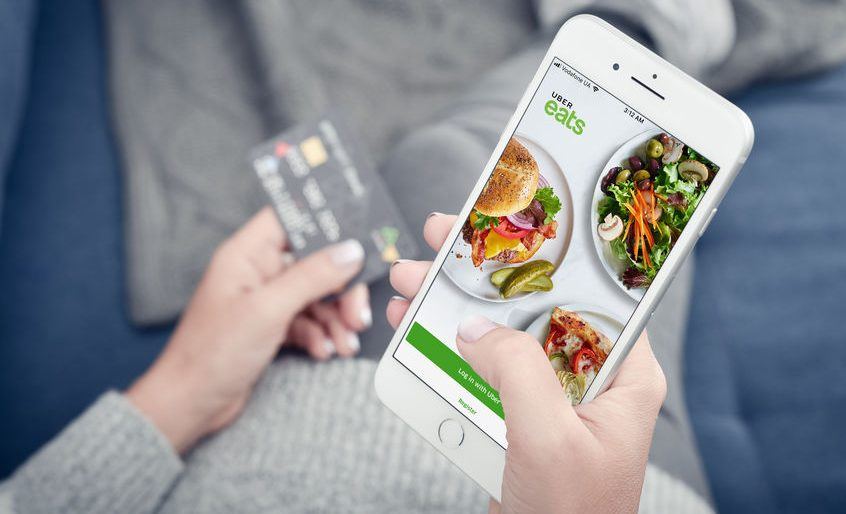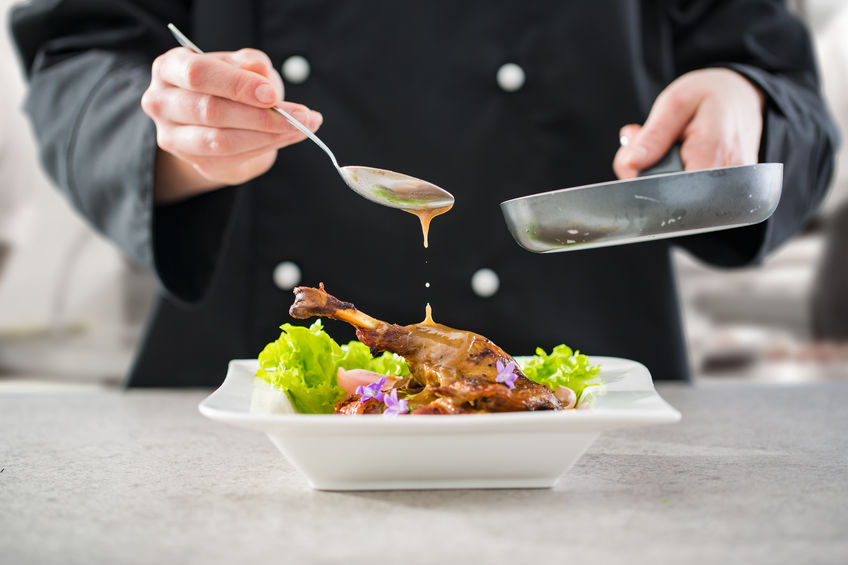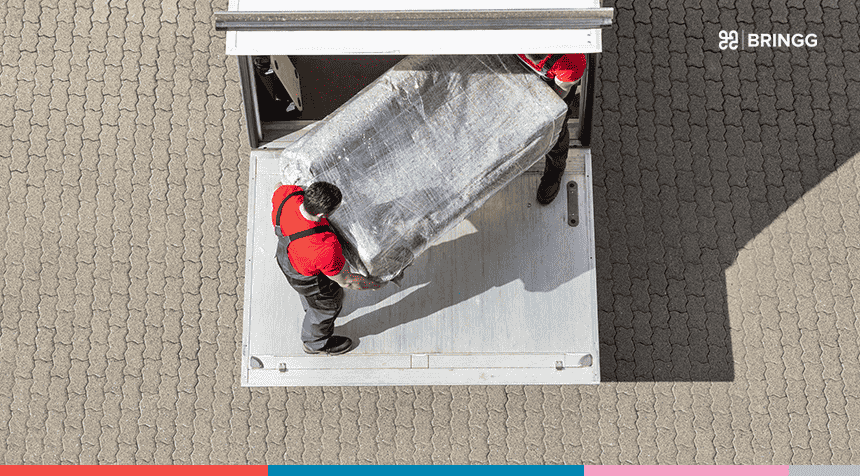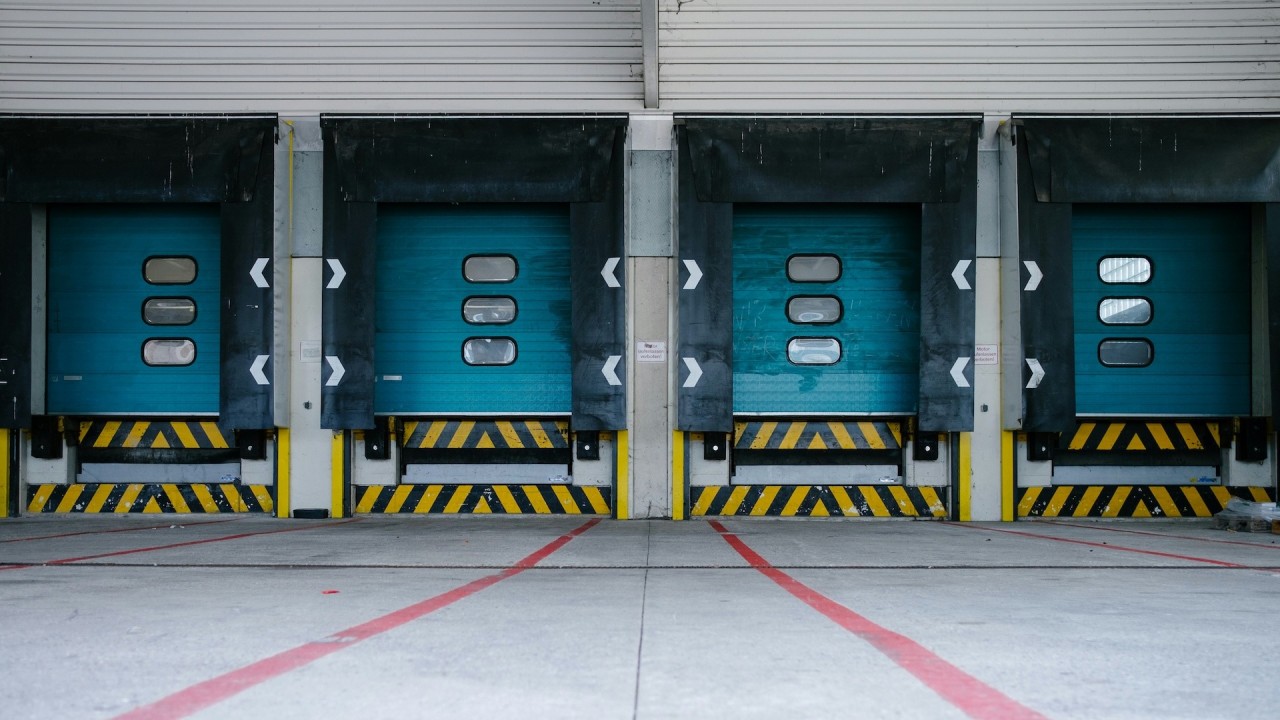Uber Eats has been growing faster than any other arm of Uber’s services, as the company revealed in its April IPO. Part of that growth – $7.9 billion in 2018 sales and 91 million monthly active users – is driven by their aggressively innovative Uber Eats food delivery service. With their new ‘dine-in’ feature, customers can now order and pay for their food in advance, then arrive at the restaurant when their food is ready to be served.
Uber Eats identified the fact that customers now expect convenience with everything they purchase. Now, they are capitalizing on the gap between the convenience customers want, and the lack of it when it comes to dining in.
What does this mean for restaurants?
Restaurants can bank on the fact that Uber has already performed the market research. Like restaurant delivery, eating out at a restaurant is all about convenience and a great customer experience.
Uber validated the assumption that while consumers still want to dine at their favorite restaurants, they want more options around it.
At the same time, It’s impossible to ignore the fact that Uber Eats is now targeting restaurants’ regular dine-in customers, not just their delivery customers. This means that restaurants which receive dine-in orders through Uber Eats need to pay the aggregator 20% more for these orders, not just for delivery orders.
The problem is that not enough restaurants are addressing this expectation for convenience or focusing enough on the customer experience outside the confines of the restaurant. We expect these time-saving options to proliferate among restaurants with their own apps, including McDonald’s, Taco Bell, and Starbucks – but what about everyone else?
The restaurants that can create a convenient as well as enjoyable ordering experience – whether on-premise or remote – are in a prime position to capture market share.
Taking the customer experience home
Uber Eats’ move has made it clear that customers place a high value on the restaurant dining experience – and that dining in is far from dying out. Now that restaurants have that validation, what can they do to sustain their customer relationships and improve the dine-in customer experience when diners aren’t physically in the restaurant?

Restaurants must find the answer – and fast. Chains which hand over their dine-in orders to an aggregator are losing money and likely weakening their brand value among customers.
Just like Uber Eats is raising the bar for dine-in as well as delivery operations, restaurants need to do the same, investing in digital tools that increase the convenience of dine-in as well as delivery in order to benefit in terms of both their customer retention and their cost structure.
What can restaurants do?
While Uber Eats and other partners can bring in additional business for restaurants, there is much to be said for owning your own customers, both in terms of ensuring they return, and in terms of your ability to market to them. Developing a branded dine-in app gives restaurants the opportunity to offer the same convenience as Uber Eats’ ‘dine-in’ offering, in a way that allows them to own their own data and brand experience.
By using technology that is channel agnostic, restaurants can integrate with aggregators while transferring all customer and order data directly to the restaurant.
For example, delivery orchestration platforms help restaurants not only manage their delivery technology and experiences, but also offer a similar experience and level of convenience to dine-in customers. Those capabilities include restaurant-facing dashboards that support ‘order online, eat in’ flows, as well as in-app messaging that tells customers when their food is ready, and surveys asking users to rate their dining experience.
Let’s be clear: customers still value their relationships with restaurants, and restaurants can get new business from channel providers like Uber Eats. The challenge lies in finding ways to own relationships with your customers in the digital sphere, and offer more convenience while strengthening brand loyalty and retaining customer data.
Restaurant leaders must ask themselves, how can I improve the customer experience and keep the relationship going outside the restaurant?
The answer comes down to technology that assists, rather than replaces, human interactions. It’s not about simply adding capabilities; rather, it’s about the added value that your restaurant offers customers, and the opportunity to bring your brand into the customer’s home.



